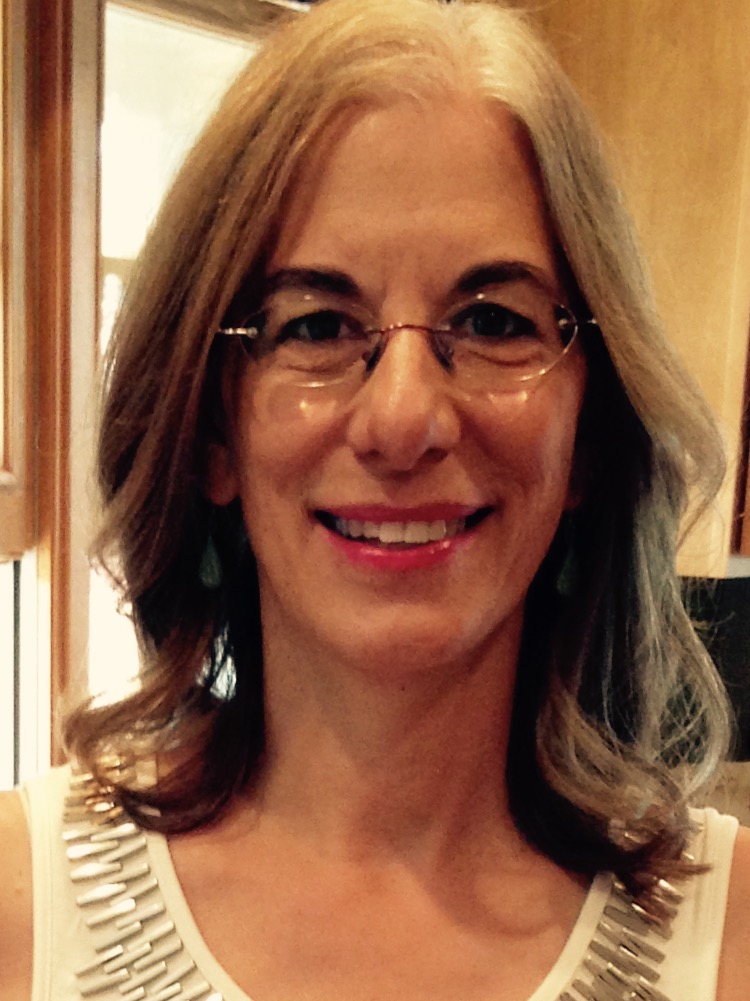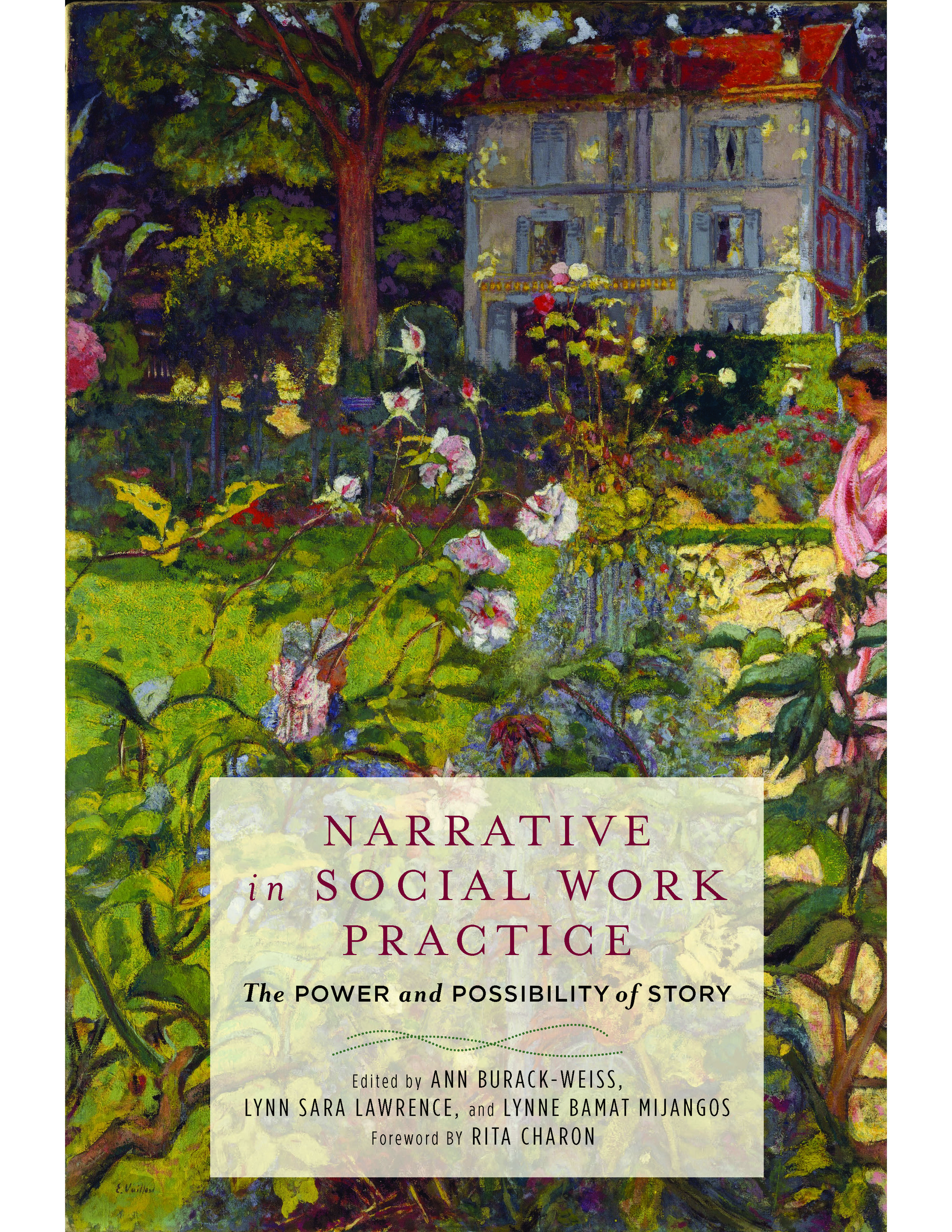“A schizophrenic is no longer a schizophrenic…when he feels understood by someone else” reads the epigraph on this quietly powerful book of poetry by pediatric nurse practitioner Katherine DiBella Seluja. The words come from Swiss psychiatrist and psychoanalyst Carl G. Jung and introduce the reader to the emotional heart of the book, which movingly reflects the facets of the writer’s life, as a clinician, poet and understanding sister to a brother named Lou who lived with schizophrenia and substance addiction.
The slim volume, published by the University of New Mexico Press, is divided into four sections: Time Travel; Free Concert; Sing to Me; and Stars Speak. Each section starts with a short free-form prose poem in an imagined voice, perhaps that of Lou’s, drawing a vivid visual tableau. In terms of overall structure, the book has a narrative arc that spans from childhood through adulthood, from beginnings to endings. Some poems are tales of families and communities dealing with mental illness in everyday life and in startling moments of illness and death. Throughout, Seluja, whose poem about Parkinson’s, “Not Every Homemade Thing,” appeared in our Spring 2017 issue, brings her vivid language, compassionate affection, deeply-felt visions and clinical observations into poems that transport readers close to the tragedies and the moments of inspiration, as well as the experience of grief and acceptance, as she receives and perceives them.
One of the most original and skillful aspects of this collection is that we hear more than the poet’s voice on these pages: Seluja has said that Gather the Night includes “prose poems and persona poems that express the voice of psychosis, the voice of addiction and Lou’s imagined voice.” While each poem stands solidly on its own, reading from beginning to end increases the intensity of the connection with the people, places and things in it. In Time Travel, for instance, we see neighborhoods and neighbors, some sly and seductive (Reynaldo in “Chiquita”) and some down-to-earth and welcoming (Scottie, the grocer and Mrs. Gratzel, the baker’s wife in “Local Grown.”). We see the pummeling a sister gets from a brother in the name of karate practice in “Kata,” or the way a mother delivers bad news in “Storm Hymn”:
One thin crack in the plastic sign
on the locked ward door
Winds its way through
Authorized Personnel Only
like a branch of the Hackensack River
where we used to play.
Dried mud thick on our shoes
split in so many places,
our mother’s face when she said,
We just admitted your brother;
he told us his crystals were melting.
Waiting for the orderly to turn his key
I turn back to our winter childhood refuge
under the cellar stairs.
We were base camp
guardians of snow
charted drift and temperature
graphed hope for Sunday night storms.
Now gray clouds
and Thorazine doses increase,
he wanders the blizzard alone
no guide rope tied to the door,
unique as each stellar dendrite
no two of him alike.
Along with the concrete, graceful imagery of the poems, we also receive information about illness and madness—and how the clinical world handles it, especially in the second section, Free Concert. We hear from a doctor in “The Psychiatrist Said” (“It’s [the schizophrenia] all a matter of proteins/We’ll have it cracked in three to four years”), while we glimpse inside a medical facility in “Spinning with Thorazine.” We witness Seluja’s ambitious way of contemplating and confronting the big-picture issues of care in poems such as the ironic “The History of Healing” (“It began as a huddle of knowers, passed through oral tradition/those who could ‘heal’ and those who at least attempted”). The chilling “When Your Son is Diagnosed in the 1960s” notes an earlier era’s method of treatment and causes (“His psychosis is tied to your mothering/and it’s time to cut the chord, be careful of the sting”).
Katherine DiBella Seluja
Throughout it all, we get to know her brother Lou, a musician whose mandolin is elegantly described in “She Wore Opals at Her Neck” (“He fell in love with the mahogany curve/her hip and polish/the rosewood waist/and the way her neck fit to his palm”). Seluja expresses not only the affection and love she feels for him but also the wounds and wreckage that comes from a closeness with someone experiencing schizophrenia. There’s a complex layer of emotions at work here, that spans from caring and fearful to raging and raw, especially in the short “Telephone, 4 a.m.” where the resignation and anger in lines like “What if there were a box to keep him in/somewhere to store him away/to bring out with rainy weather/Then you’d have time to listen, unravel every line” comes through. In many of the poems in the Sing to Me third section, we intensely feel the frustration and fear for a loved one in peril.
In the final section, Stars Speak, poems turn elegiac, mourning Lou’s death. Again, the poet displays a skillfulness is accessing and expressing the complexity of emotions that accompany the death of a sibling. In “News of a Brother’s Death,” we feel the matter-of-fact reality of it (“Don’t kid yourself/it’s nothing like a movie”) while “Wanderlust” explores the way that Lou lives on in the tiny details of a life (“Find me/in the weave of my brother’s shirt/in the tread of mud on the floor”). Seluja mines sadness and strength in startlingly beautiful poems, “Here Among the Ruins” and “If You Need a Wall.” And it feels as if she’s composing a way to live in the world when there’s a significant loss in “Do Our Ancestors Listen When Called” that ends:
My heart is occupied with the ones I’ve lost, each with its own
celestial sphere, their pulse echoes the meridian.
I keep rearranging you like a favorite satellite, dragging you
into good orbit, your solar panels deployed to the stars.
Gather the Night ambitiously takes on the task of speaking about loss, addiction, madness, grief and love, bringing us into its intimate confrontations. We emerge from reading it with a deeper understanding of all of the above, a sense of wonder at the way we get through the harder, harsher aspects of our lives, and an appreciation for poets and nurses like Seluja who guide the way.—Donna Bulseco
Donna Bulseco, MA, MS, is a graduate of the Narrative Medicine program at Columbia University. After getting her BA at UCLA in creative writing and American poetry, the L.A. native studied English literature at Brown University for a Master's degree, then moved to New York City. She has been an editor and journalist for the past 25 years at publications such as the Wall Street Journal, Women's Wear Daily, W, Self, and InStyle, and has written articles for Health, More and the New York Times. She is Managing Editor of Intima: A Journal of Narrative Medicine.











